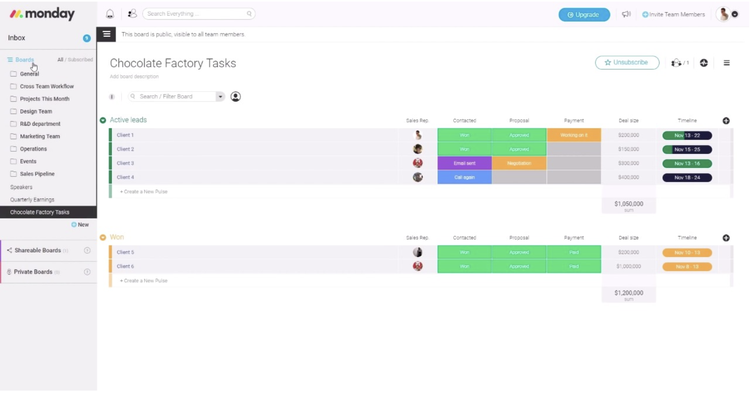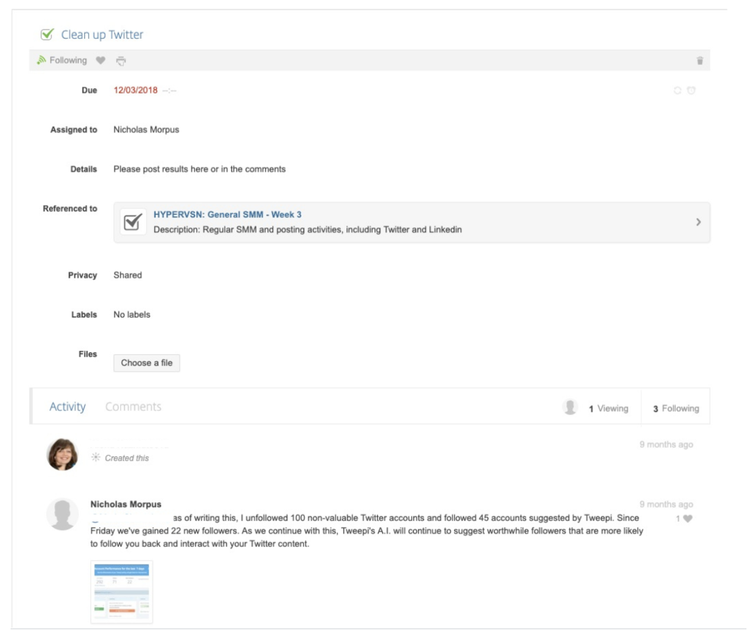How to Write a Project Charter: Tips & Tricks
Someone experiences a lightbulb moment. A project idea takes shape. And then follows a series of events that begins with a cost-benefit analysis, which includes an initial survey, a feasibility study, and a final report.
The project aligns with the company’s business objectives and is deemed profitable, and so the organization pursues it.
Marking the official start of the project is the approval of the project charter.
But what exactly is a project charter? Why is it necessary? What information does it include? This guide aims to answer all that and more.
What is a project charter?
The project charter is a project management document created at the beginning of a project. It contains mostly high-level details and may reference other related documents, such as the statement of work or request for proposal.
Once approved, the project officially commences, and comprehensive project planning can begin.
It’s usually developed by the project manager but is signed and approved by the project sponsor, higher management, or other external stakeholders who can provide support and resources.
The project charter:
- Introduces the stakeholders to the project
- States what the project is for and what problems it aims to solve
- Provides a project overview of the scope, milestone timelines, budget, and participants
- Authorizes the project to either start or continue
- Lays out the authority of the project manager, as well as their various responsibilities
- Acts as a contract between the project sponsor, the team, and other stakeholders
- Lays out the responsibilities of each team member
- Sets the project’s priorities and guides the team toward one central goal
The project charter is also known by other names, including project definition document, project statement, project initiation form, and project authorization.
What are the elements of a project charter?
Project charters aren’t the same for every organization, but a good project charter, which will be referenced throughout the project life cycle, answers key questions, such as:
- What is the project for?
- What does the project aim to accomplish? What are its goals and benefits?
- What should be done throughout the project’s timeline?
- What’s the budget?
- What are the project’s constraints?
- What happens if the project is never started?
The project charter, although different from one organization to another, typically includes the following project charter elements:
Purpose/objectives
The project charter purpose justifies the existence of the project, i.e., why it’s being carried out. It clarifies the direction of the project and keeps everyone focused on the results.
It also describes the project’s goals and the related success criteria so everyone understands what’s expected of the project.
Scope
This states the project’s deliverables and what’s within and outside of scope to prevent the dreaded scope creep.
To distinguish between a statement of work vs. scope of work, the scope of work defines what the project will and won’t include. Whereas, the statement of work is much more detailed and documents not just the scope of work but also the project’s objectives, schedule, and payment terms, among other things.
Roles and responsibilities
This section of the project charter defines who does what within the team, the person/s responsible for approvals, who signs off on the project’s resources, who reports to whom, and which team members are responsible for the project’s main deliverables.
Budget
This is a high-level summary of the project’s budget. It’s a rough estimation of the costs for materials, equipment, labor, and other related expenses.
Schedule
This section provides an overview of the project’s timeline. Because the exact details haven’t been determined at this point (they will be during project planning), dates and schedules are based on educated guesses. Remember to note any hard or non-negotiable project schedule deadlines, such as the launch date of a website.
Acceptance criteria
This section describes what an acceptable deliverable looks like, how it’s evaluated, and who determines whether it’s acceptable or not.
Risks and constraints
Here, enumerate the factors that can impede project success. Examples include budget constraints, a tight timeline, a lack of manpower, or hardware/software limitations.
Project manager’s level of authority
This details what a project manager can decide on without further approval from upper management or the project’s sponsor. Examples include going over, or under, budget by as much as 10% and hiring or firing staff.
How to write a project charter
Most project charters cover the entirety of a project, while large projects with multiple phases may need a project charter for each phase.
Although project charters are not the same everywhere, developing a project charter is a team effort and typically follows a specific set of project management steps, detailed below.
Step 1: Organize a project charter meeting
Your project charter session will include the project’s stakeholders: the client or their representatives, the project sponsor, team leaders and members, and even subject matter experts from within and outside the organization. Get everyone’s input on the key sections of the project charter, as discussed in the elements above.
Document key discussion points and show how they’re interrelated. Take relevant factors into consideration, such as industry regulations or standards and previous or ongoing agreements with the client.
Step 2: Get everyone aligned
Discuss differing opinions further until a consensus is reached. You want conflicts resolved and expectations managed so everyone is on the same page in terms of the project’s scope and objectives.
Step 3: Write the project charter
This is when the project manager sits down to write the project charter following a specific format. Add visuals, and reference supporting documents as you see fit. Remember, you want the project approved and started, so think like a salesman and highlight the project’s benefits when writing the charter.
Step 4: Review and obtain approval
Once you’ve finalized the draft, send everyone a copy to get their feedback and suggestions. Once everyone’s feedback is in, update the project charter as necessary. Then, send it to the project’s sponsor for approval.
Keep the project charter in a centralized location where it can be accessed by the project’s stakeholders on demand for reference.
The best project management software for implementing your project charter
To develop the project charter, the project manager will need input from numerous people. That means organizing meetings, facilitating brainstorming sessions, solving problems, and resolving conflicts.
Project management software allows teams to collaborate, share files and documents, monitor tasks, and optimize decision-making, among other things -- all necessary activities in the development of the project charter.
Some of the best project management software options that The Ascent has extensively reviewed and evaluated include the following:
1. monday.com
monday.com covers most project charter development needs, including document storage, scheduling, and team collaboration.
It’s easy to use and comes with a visually appealing user interface. It has just the right amount of features to not overwhelm the average user.

With monday.com, task statuses are color-coded so you know what’s going on even at a glance. Image source: Author
2. Podio
Podio is a feature-packed but highly customizable project management software tool. It takes care of the different aspects of project charter development, particularly collaboration and communication.
Features include file storage, notifications, status updates, activity streaming, workflows, custom reports, and even third-party apps integration.

Podio’s task manager allows users to easily update tasks and upload relevant documents. Image source: Author
3. Scoro
Scoro comes with a comprehensive features list, and yet, it’s extremely user-friendly. It provides a straightforward user interface that appeals to its intended audience: corporate, enterprise-level users.
Scoro features that are necessary for project charter development include task scheduling, shared calendar, document storage, and contact management.

Scoro provides various types of reports, including the number of emails sent, an overview of your contacts, and the activities performed within a specific period. Image source: Author
Getting your project started
Project charter development is a project management process that follows the project management principles of structure, documentation, and communication management.
Its success relies heavily on teamwork, which is why implementing project management tools that support collaboration is beneficial to getting your project charter approved and your project started.
Alert: our top-rated cash back card now has 0% intro APR until 2025
This credit card is not just good – it’s so exceptional that our experts use it personally. It features a lengthy 0% intro APR period, a cash back rate of up to 5%, and all somehow for no annual fee! Click here to read our full review for free and apply in just 2 minutes.
Our Research Expert
We're firm believers in the Golden Rule, which is why editorial opinions are ours alone and have not been previously reviewed, approved, or endorsed by included advertisers. The Ascent does not cover all offers on the market. Editorial content from The Ascent is separate from The Motley Fool editorial content and is created by a different analyst team.
Related Articles
View All Articles